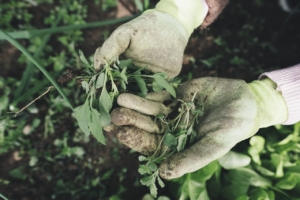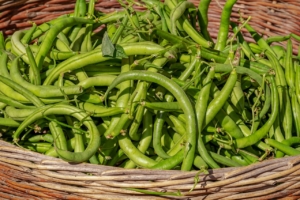August Garden Chores

photo courtesy of pixabay – photoAC 2518377_1280
Gardening Tips
We are deep into August. Here are a few tips and reminders about where should we be focusing our time and efforts in the garden this month to make the most impact.
For many, August in the garden is an explosion of flowers, fruit and vegetables. Keep on top of harvesting! A daily inspection of zucchini plants ensures none escape your eye and turn into what more resembles a baseball bat than a vegetable. Check tomatoes for blossom end rot and adjust watering if needed.
- Start gathering recipes for the crops you have in abundance. Hit up some of your favorite websites or blogs for recipe ideas. Check out our reader shared recipes here.
2. Harvest herbs for either fresh use or to save for later. Here are some tips for preserving herbs by freezing, drying or in vinegar.
3. As crops are harvested and bare space appears in the garden another August garden chore is to protect your soil by covering it with mulch or planting a cover crop.
4. Side-dress your warm-season crops with a little compost to give them a boost to finish out the growing season.
5. Now is the time to plant another sowing of cool-season vegetables like lettuces, chard, kale, radish, spinach, arugula, beets, carrots and peas. This doesn’t have to take long and you’ll thank yourself later when you have fresh salad greens throughout the fall. Plant another row of bush beans too for a fall harvest.

Photo courtesy of pixabay – couleur 3702999_1280
6. Keep weeds under control in both the perennial and vegetable gardens. Weeds rob moisture, nutrients and light from our desired plantings.
7. Keep perennials deadheaded and cleaned up. Tuck a pair of pruners in your pocket while walking through and enjoying your garden. I little clean up here and there helps keep pests at bay and saves on time later.
8. Continue to care for your plants in pots by deadheading, removing dead and diseased foliage and regularly fertilizing.
9. Take notes and/or pictures of what worked and what didn’t in your garden. These reminders will help next spring when it’s time to plant again.
10. Start planning your fall bulb plantings.


Leave a Reply
Want to join the discussion?Feel free to contribute!